Did you know that the emerald ash borer has destroyed over 100 million ash trees across the United States since its arrival, threatening neighborhoods all around Kansas City? If you have ash trees on your property or care about the health of our city’s beautiful urban canopy , this article will explain the practical steps you need to take now for emerald ash borer control in Kansas City . Don’t let your cherished trees become the next victim—learn how to act before it’s too late.
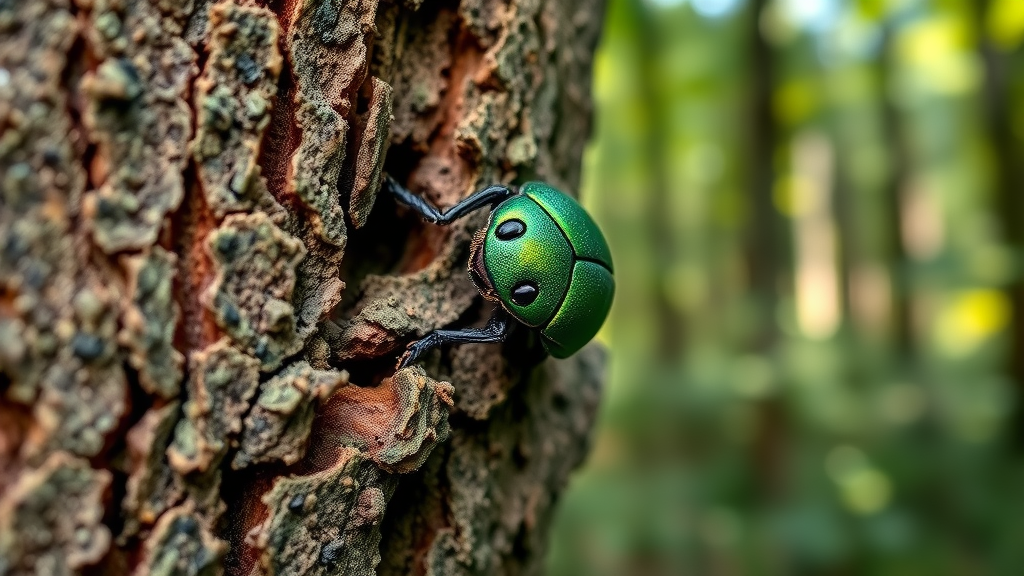
The Devastating Impact of Emerald Ash Borer in Kansas City
"Emerald ash borer has killed millions of ash trees across North America, and Kansas City is now at risk.”
The emerald ash borer ( Agrilus planipennis ) is an invasive beetle that has rapidly spread through North America’s urban and suburban landscapes. Since its detection, communities in the Kansas City area have witnessed the decimation of both public and private ash trees —from our street trees lining the boulevards to mature specimens shading private yards. This beetle larvae feed on the tissues beneath the bark, cutting off the flow of water and nutrients, which swiftly leads to tree decline and death.
If you walk through any affected neighborhood or city park, you'll likely notice the telltale canopy thinning, brittle branches, and bark splitting that reveal a borer infestation . In fact, experts estimate over 60% of Kansas City’s ashes are at imminent risk, placing both our urban tree canopy and property values in jeopardy. Taking swift and informed action for emerald ash borer control Kansas City is no longer optional—it's a community priority.
Understanding the Emerald Ash Borer: Identification and Life Cycle
Recognizing Emerald Ash Borer and Ash Borer Damage
Key signs of emerald ash borer infestation: Bark splitting, S-shaped larval galleries under bark, D-shaped exit holes, canopy dieback.
Common symptoms observed on ash trees: Thinning leaves, crown dieback, excessive woodpecker activity.
How to distinguish emerald ash borer from other pests: Look for metallic green adult beetles (~½ inch long) and perfectly D-shaped exit holes, unlike irregular holes from other insects.

Spotting emerald ash borer damage early is pivotal. Unlike some native pests, the emerald ash borer creates distinctive D-shaped exit holes as adult beetles emerge from beneath the bark. Observant homeowners may also spot frass (sawdust) buildup around these holes or at the tree’s base. One unmistakable sign is patchy tree canopy thinning that starts at the top of the tree and progresses downward, a symptom closely linked to larvae feeding restricting water and nutrient flow in the tree.
While other insects may leave different shapes and marks, only the emerald ash borer produces the D-shaped (not round or oval) exit hole. Increased woodpecker activity—birds searching for larvae—is often a telltale sign, typically appearing before other symptoms become obvious. Being able to distinguish these signs from other tree issues is crucial to responding quickly to emerald ash borer infestations .
The Life Cycle of the Emerald Ash Borer and Its Threat to Ash Trees
The lifecycle of the emerald ash borer is what makes it so destructive. Adult beetles typically emerge in late spring, laying eggs on ash tree bark. Once hatched, the larvae feed voraciously just beneath the bark, creating winding tunnels that block vital water and nutrient transport. This damage is often invisible until the infestation is advanced—by then, leaves die from the top of the tree downward and previously healthy ash trees quickly perish.
In warm months, you may see adult beetles flying from tree to tree. Each year, another generation starts the cycle anew, compounding the damage. Unfortunately, even large, healthy trees can suffer severe decline or death within just a few years of infestation, making early identification and intervention an absolute necessity for anyone who values their landscape or the urban environment in the Kansas City area .
Current State of Ash Trees and Street Trees in the Kansas City Area
Comparison of Ash Tree Health: Before and After Emerald Ash Borer Infestation in Kansas City | |||
Time Period |
Average Canopy Health |
Prevalence of Ash Borer Damage |
Impact on Street Trees & Private Property |
|---|---|---|---|
Before EAB Infestation (Pre-2012) |
Full, healthy canopy |
Rare or not observed |
Ash trees commonly planted along streets and in yards |
After EAB Infestation Wave (2013–2024) |
Severe canopy thinning, dead/dying branches |
Widespread D-shaped exit holes and trunk damage |
Significant loss of street trees; increased removal costs for homeowners and cities |
How Emerald Ash Borer Infestation Affects Street Trees and Private Property
Many neighborhoods in Kansas City have seen their beloved street trees go from vibrant shades of green to brittle skeletons in just a few years. The loss of ash trees hits hard—not just aesthetically, but financially. Municipalities face mounting costs to remove and replace dead or dying ashes, while property owners must confront the risk of damage from falling limbs or entire tree failures on private property .
Because emerald ash borer infestations can move quickly, the burden of management falls on both public and private entities. Without timely emerald ash borer control, communities risk losing decades’ worth of shade, stormwater mitigation, and real estate value tied to mature trees.
Emerald Ash Borer Infestation: How to Spot Early Warning Signs
Symptoms of ash borer infestation: Canopy thinning, bark splitting, increased woodpecker presence, and D-shaped exit holes.
Identifying emerald ash tree decline: Loss of leaves at the top first, yellowing or wilting leaves, epicormic shoots (new sprouts) appearing on trunk or base.
When to call a professional: At the first sign of multiple symptoms or if canopy dieback extends more than 30%—contact a certified arborist for assessment and potential treatment.
Recognizing the earliest indicators is the difference between manageable intervention and costly removals. If you notice distinctive D-shaped exit holes on your ash trees, combined with crown dieback or excessive woodpecker foraging, it is crucial to act quickly. Larvae feeding can escalate canopy loss fast, and by the time branches are brittle or limbs are falling, it’s often too late to save the tree.
Scheduling a tree health evaluation with a local certified arborist can determine if professional treatment is possible. Early action with appropriate emerald ash borer control methods in Kansas City can mean the difference between saving your tree or facing costly removal and replacement.
Effective Emerald Ash Borer Control Kansas City: Proven Methods
Professional Treatment Options for Emerald Ash Borer Control Kansas City
When dealing with emerald ash borer control Kansas City , professional intervention is often the most effective strategy—especially for mature or high-value trees. The most proven approach is a systemic insecticide treatment, which can be injected directly into the trunk or applied to the soil around the ash tree . This method targets larvae feeding within the wood, stopping the infestation and preventing new ones for one to two years per application.
Professionals use products sanctioned by the Department of Agriculture and follow strict safety protocols, minimizing risks to non-target species and the environment. In many cases, annual or biennial application of these products can successfully preserve street trees and landscape specimens in the Kansas City area, especially if the treatment begins before extensive canopy dieback.
DIY Emerald Ash Borer Treatment: Precautions and Effectiveness
Homeowners sometimes consider DIY solutions for emerald ash borer control. While over-the-counter systemic insecticide options exist, their effectiveness is generally lower than professional formulations, and application errors can put other plants or pets at risk. DIY methods may work for small, young trees with minimal infestation but are rarely successful for larger, already stressed ash trees.
Experts advise that homeowners thoroughly research products and follow label instructions exactly—avoid misuse of insecticides or late-season applications, which can lead to disappointing results and permit continued spread of ash borer . When in doubt, consulting a certified arborist is always recommended.
"Early intervention is crucial for saving ash trees from emerald ash borer damage." – Local Arborist

Best Time of Year for Emerald Ash Borer Control in the Kansas City Area
Seasonal Considerations and Local Recommendations
The ideal window for emerald ash borer control in Kansas City is during the late spring to early summer, just before or as the adult beetles begin to emerge. Systemic insecticides must be present in the tree’s vascular system when larvae hatch and begin feeding. Local experts and the Department of Agriculture recommend application between mid-April and mid-June for maximum effectiveness, though some products allow for slightly later treatment.
Missing this critical timing often results in reduced success, so it’s essential to plan ahead. In some cases, a fall application can offer partial protection but is never a substitute for the prime early season window. Always confirm your treatment schedule with an arborist who is experienced with the unique climate and tree cycles in the Kansas City area .
Cost of Emerald Ash Borer Control Kansas City: What Homeowners Need to Know
Typical Ash Borer Treatment Costs in Kansas City vs. Tree Removal and Replacement | |||
Service |
Average Cost per Tree |
Frequency |
Total 5-Year Cost (One Tree) |
|---|---|---|---|
Professional Systemic Insecticide Treatment |
$150–$300 |
Every 1–2 Years |
$600–$900 |
DIY Over-the-Counter Treatment |
$40–$80 |
Annually |
$200–$400 |
Tree Removal & Stump Grinding |
$1,000–$2,000 |
Once |
$1,000–$2,000 |
Tree Replacement (New Sapling) |
$300–$750 |
Once |
$300–$750 |
"Investing in emerald ash borer control today can save homeowners thousands in future tree replacements."
Treating your ash tree is almost always more cost-effective than removal and replacement—especially if you factor in the shade, value, and curb appeal mature trees provide. For street trees under city jurisdiction, check with local authorities to see what programs or cost-sharing might be available.
Emerald Ash Borer and Homeowners Insurance: What’s Covered?
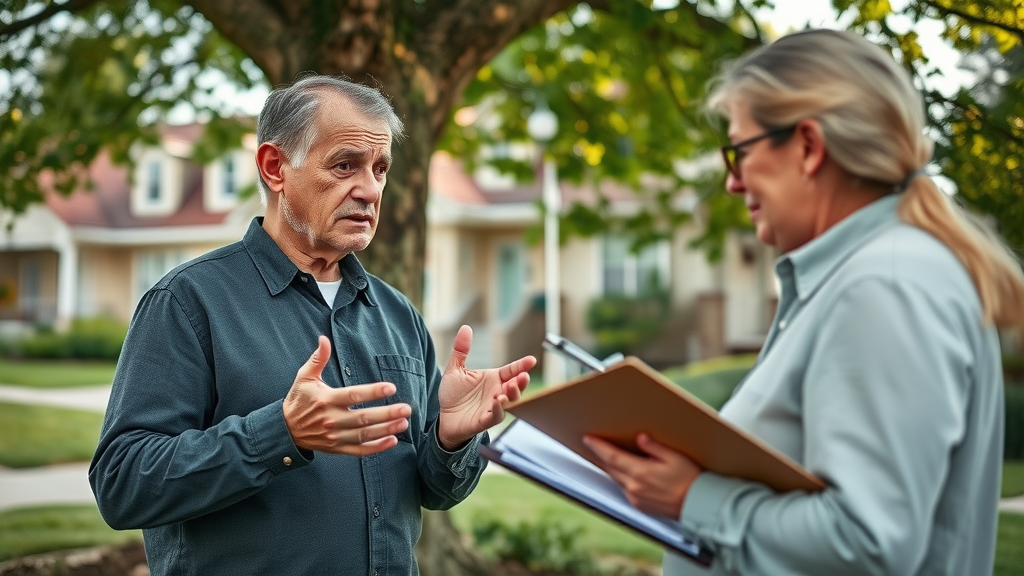
Policies on Tree Damage, Removal, and Property Protection
Most standard homeowners insurance policies do not cover damages caused by emerald ash borer infestations or the cost of proactive treatment. However, if an infested ash tree falls and causes damage to a covered structure (like your house or garage), your policy may pay for repairs, minus your deductible. The cost to remove the remaining portion of the tree or to replace dead street trees is rarely included.
Property owners should review their policies with their insurance agent and make sure they understand their responsibilities regarding tree maintenance and safety . In some cases, neglecting a known issue could affect claims if future damage occurs. For peace of mind, prevention remains the best policy.
People Also Ask: Essential Answers about Emerald Ash Borer Control Kansas City
How much does it cost to treat emerald ash borer?
The cost for emerald ash borer control in Kansas City typically ranges from $150 to $300 per tree when performed by a certified arborist. DIY treatments can be less expensive, at $40–$80 per application, but are often less effective for large or advanced infestations. The best way to save money and trees is early intervention—treating before substantial damage occurs. Long-term, professional treatment is almost always more cost-effective than removal and replacement.
Typical costs for emerald ash borer control Kansas City, factors influencing price, and cost-saving tips
Cost factors include the size and number of trees, severity of the infestation, type of systemic insecticide used, and whether you opt for professional or DIY treatment. Bulk discounts may be available for neighborhoods acting together. Saving on costs often comes from regular monitoring and early treatment, preventing widespread borer infestation and extensive removal expenses. Ask about city programs for public street tree treatments in your area.
Does homeowners insurance cover emerald ash borer?
Generally, homeowners insurance does not cover the costs to treat emerald ash borer infestations or to remove sick trees unless the infested tree causes property damage, like falling onto your house. Preventive maintenance is the homeowner’s responsibility. Contact your insurer to clarify your policy specifics and to avoid surprises after the fact.
Homeowners insurance coverage for ash borer infestation, what to expect in Kansas City
Expect most Kansas City insurance policies to exclude pest-related tree decline. Coverage may only apply if a dying or dead tree causes covered structural damage due to a storm or collapse. Consult your insurance provider for details, and keep documentation of professional tree health assessments for your records.
Can I treat for an emerald ash borer myself?
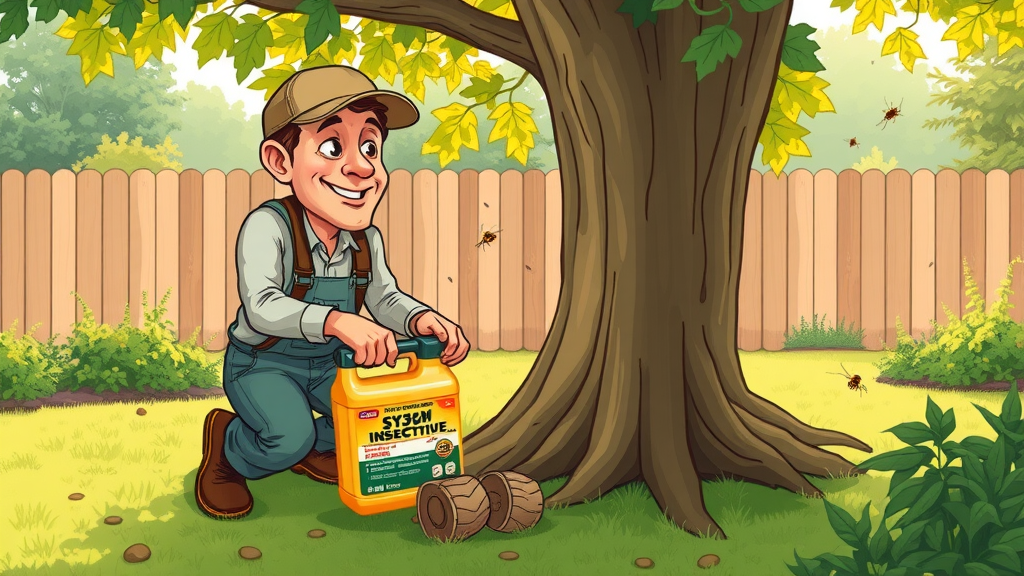
Yes, homeowners can use over-the-counter systemic insecticide soil drenches for young or small ash trees. However, there are risks: improper dosage, missing the optimal treatment window, or choosing an ineffective product can lead to further tree decline and wasted time. DIY methods do not work well for large or heavily infested trees—professional help is strongly recommended for the best outcome.
Benefits and risks of DIY emerald ash borer control Kansas City for homeowners
DIY control can cost less initially but may not deliver long-term health for your ash tree . There’s also the risk of chemical run-off or harming beneficial insects and surrounding garden plants if misapplied. Always carefully follow instructions, wear appropriate protection, and monitor trees for continuing signs of ash borer activity. When in doubt, invest in a certified arborist’s opinion.
What time of year to treat for emerald ash borer?
Optimal treatment time is late spring to early summer in the Kansas City area. This window ensures systemic insecticides are active in trees while adult beetles are emerging and larvae hatch begins. Off-season applications are less likely to be effective, especially when pests are dormant. Always confirm local timing with your professional tree service.
Recommendations for the best season to apply emerald ash borer control Kansas City
For homeowners and urban foresters alike, plan for treatment between mid-April and mid-June for the most effective results. Schedule a property assessment in early spring to allow time for product ordering and application ahead of pest activity peaks. Repeat applications may be necessary annually or biennially, depending on product label directions and infestation severity.
Protecting Street Trees and Private Property: Community Impact Strategies
Collaborative efforts in Kansas City: Join or start a neighborhood program to treat or replant groups of street trees for cost savings and maximum canopy preservation.
Importance of treating public and private ash trees: Unchecked infestations in private yards can jeopardize even professionally managed public trees.
Guidance for neighborhood associations: Coordinate with city officials and utility companies to avoid root or utility conflicts when planning large-scale treatments or replanting street trees.
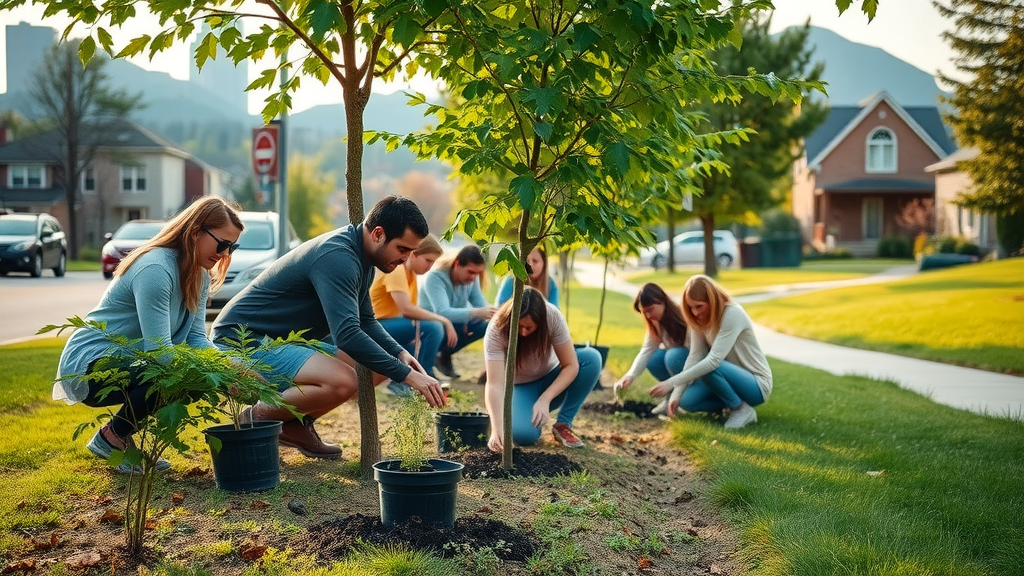
The community’s role in emerald ash borer control Kansas City is critical. By working together, residents and local governments can secure bulk treatment prices, coordinate large-scale removals before hazards arise, and schedule public education campaigns. Community replanting initiatives also help replenish shade and biodiversity lost to emerald ash borer infestation .
Staying proactive—reporting suspicious symptoms, sharing information with neighbors, and lobbying for city funds—gives everyone a stake in safeguarding the city’s green canopy and curb appeal.
Long-Term Emerald Ash Borer Management and Tree Replacement Options
Resistant tree species for Kansas City: Consider urban-tough species like Kentucky coffeetree, hackberry, or disease-resistant elms and oaks.
Long-term monitoring recommendations: Inspect surviving ash annually for signs of resurgence; continue treatment as needed if value justifies the cost.
Ash tree removal considerations: Remove untreated or dying trees promptly to prevent hazards; consult local ordinances for disposal guidelines and potential cost-shares for public street trees.
Replacing lost ashes with resistant and diverse species builds a future-proof urban forest. Not sure what to plant? Your local certified arborist or the Missouri Department of Agriculture offers updated recommended species lists tailored for the Kansas City area .
Ongoing vigilance is still necessary—even treated or replanted landscapes need regular inspection to catch new infestations or emerging pests before another wave of destruction strikes.
Frequently Asked Questions about Emerald Ash Borer Control Kansas City
How does the emerald ash borer spread? The beetle spreads naturally through flight and over long distances via movement of infested firewood or nursery stock—always buy local firewood and inspect trees carefully before planting.
What are the most common infestation signs in Kansas City? Watch for D-shaped exit holes, bark splitting, canopy dieback, and increased woodpecker activity—especially from late spring through summer.
Who to contact for emergency removal? In cases of severe infestation threatening property or personal safety, call a certified arborist or your city’s forestry department immediately for assessment and safe removal.
Key Takeaways for Emerald Ash Borer Control Kansas City
Recognize and respond swiftly to ash borer infestation in your area.
Consider professional emerald ash borer control Kansas City services for the best results and long-term savings.
Educate your community about the emerald ash borer threat to protect the city’s green canopy and property values.
Take Action: Secure Professional Emerald Ash Borer Control Kansas City
Contact certified arborists in the Kansas City area for expert diagnosis and treatment plans.
Schedule a site assessment before major signs of decline—early detection is always easier and less expensive.
Protect your ash trees and property today by creating a treatment and monitoring schedule customized for your unique landscape.
Don’t wait. A little prevention now gives your trees—and your property—the best chance to thrive for years to come.
 Add Row
Add Row  Add
Add 



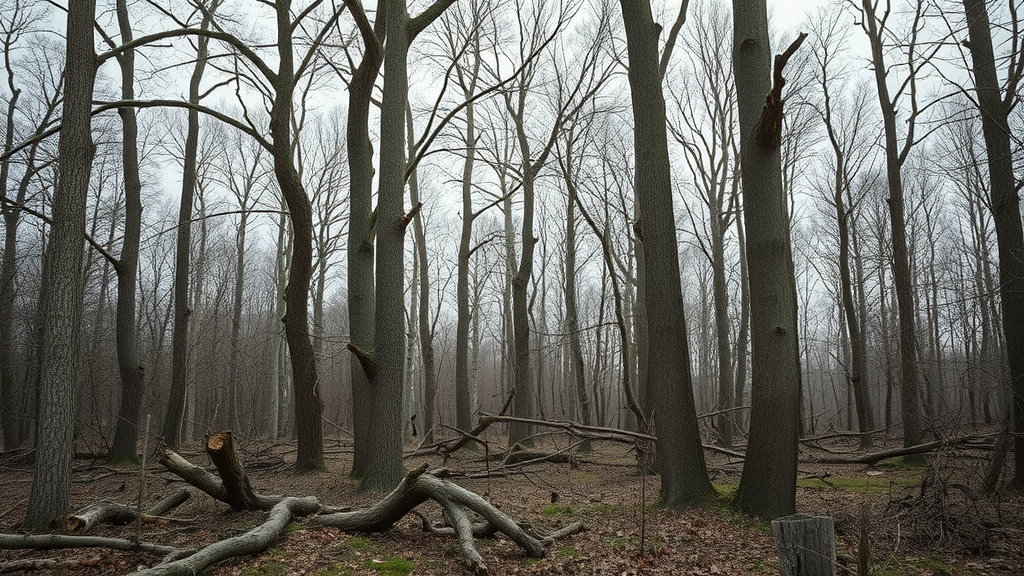
Write A Comment